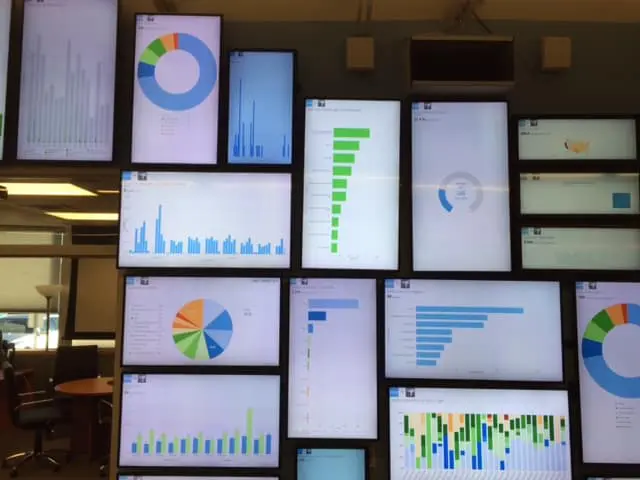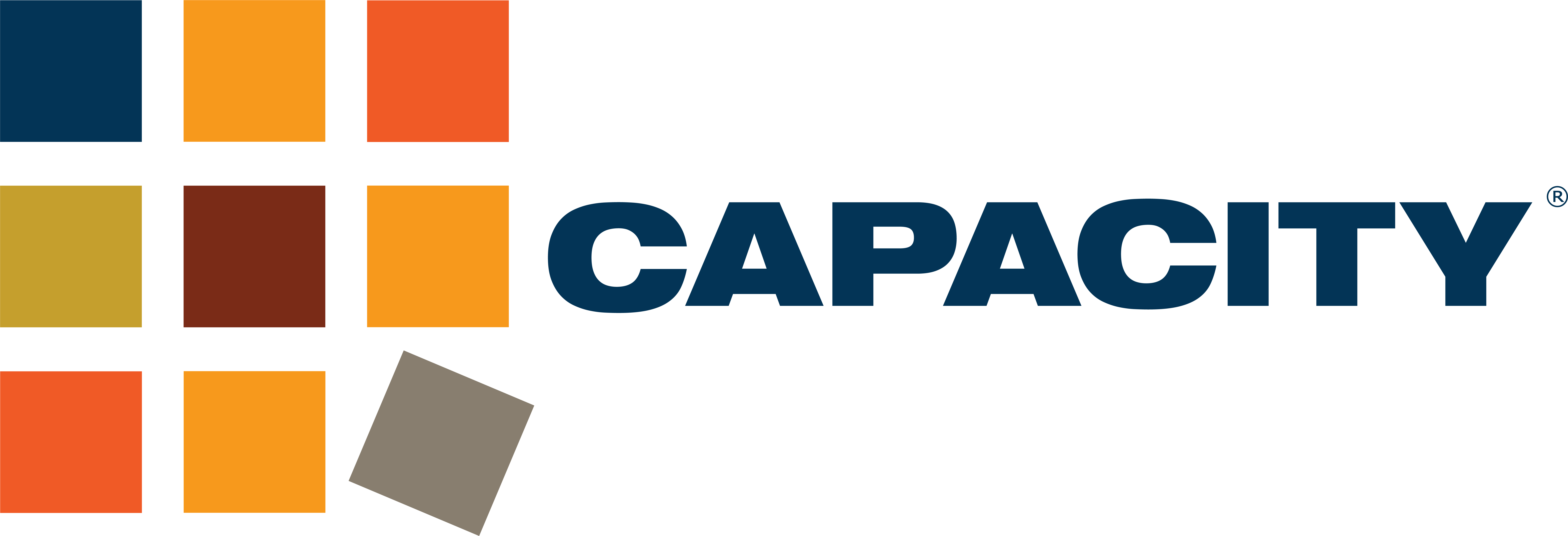We recently held a webinar to explore the fundamental elements of order fulfillment. Capacity’s co-founder and CSO Thom Campbell identified five key areas to focus on if you truly want to develop a fulfillment process that keeps customers coming back to your business time and time again.
To follow up on that event we’re unpacking each of these elements in more detail. Today we look at the importance of using the most suitable order fulfillment technology to ensure that you can deliver on your fulfillment promises to customers. You can read the rest of the entries in this compelling series under the tag Fulfillment Fundamentals.
Before we get started, let’s clarify one thing: fulfillment technology is not going to trouble NASA. We’re not landing on the moon, even if we are getting an important package, your product, from A to B (and often in challenging conditions!)
What the tech in our industry must provide is a stable and consistent platform on which we can deliver the goods, literally, and delight customers with prompt service and clearly communicated tracking. That’s what makes it a fulfillment fundamental, and why we dedicated an entire section to the tech in our presentation.
When you consider a 3PL provider, the key is finding that appropriate balance between best practices in technology and a solid service platform.

Identifying the Appropriate Order Fulfillment Technology
Your business needs a provider who offers a warehouse management system (WMS), the foundation of any stock tracking and inventory control operations. These software platforms allow companies to track all inventory through barcodes and radio-frequency identification (RFID) scanning devices.
Some common characteristics of an effective WMS include the following:
- End-to-end tracking through the key stages of your fulfillment process,
- Easy to set-up, with a quick learning curve,
- Integrates seamlessly with your own core systems,
- Clear measurement and reporting,
- Flexibility to scale with your business needs and upgrade alongside new tech developments.
An online portal is another provision of a 3PL service that is a requirement in most cases. You need to be able to access the information you need, when you need it and in a format that makes it easy to do your job. This tends to mean you’ll need close integration capabilities and custom reporting in any fulfillment solution, if your brand is to be truly tech-ready. Think about the key performance indicators that you’ll need to measure and the data points that must be captured to effectively track. Our ‘Unpacking’ article on supply chain metrics will also be helpful here.

So while your 3PL must be a partner in your order fulfillment, don’t rely solely on them to tell you what you need in terms of technology, at least in the first instance.
Any decision to outsource some or all of your fulfillment should be taken in the confidence that you know what you require from a provider, have communicated it clearly to them and vetted their systems to confirm they can deliver what they say.
Expect, Accept and Improve on Errors
It’s tempting to think that the right technology will solve all our fulfillment issues and eliminate errors, but this is never the case. Errors are part and parcel on any system, whether they’re caused by human hands or ghosts in the machine.
It’s how you react and learn from them that counts. The right technology will help you to analyze issues that arise and identify the most suitable solution. You’ll be able to review the order’s movement through the fulfillment process, pinpoint exactly where things went wrong and identify contributing factors that can be remedied for the future. Here’s where a 3PL can again be a great help, as they’ll not only show you what to look for but also help you to come up with a solution for the future.
In a broader sense, the best way to handle errors is to think of them as an opportunity to get closer to your customer. If something has gone wrong, you have a chance to address the issue and solve a problem for your buyer.

All of us have had a negative customer service experience, whether it’s a car break down where we’re told that everything including the rear view mirror needs to be replaced, or hours on hold only to be told that our issue cannot be resolved over the phone. That’s what an error can turn into if the wrong attitude is adopted.
Conversely, we also all have customer service experiences which were real standouts. Occasions where the person on the other side of the counter or phone really makes you feel like they were a caring human being who wanted to help. These interactions can be deeply positive, no less so because they often come on the heels of a disappointment.
Being able to turn the former situation into the latter is a skill that requires both a deft, skilled human touch and the appropriate technology to deliver a solution. Much like the wider supply chain, when you have these two components working in harmony, errors are reduced and those inevitably occur are a lot easier to deal with.
